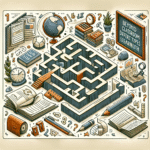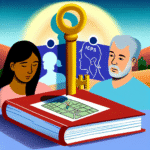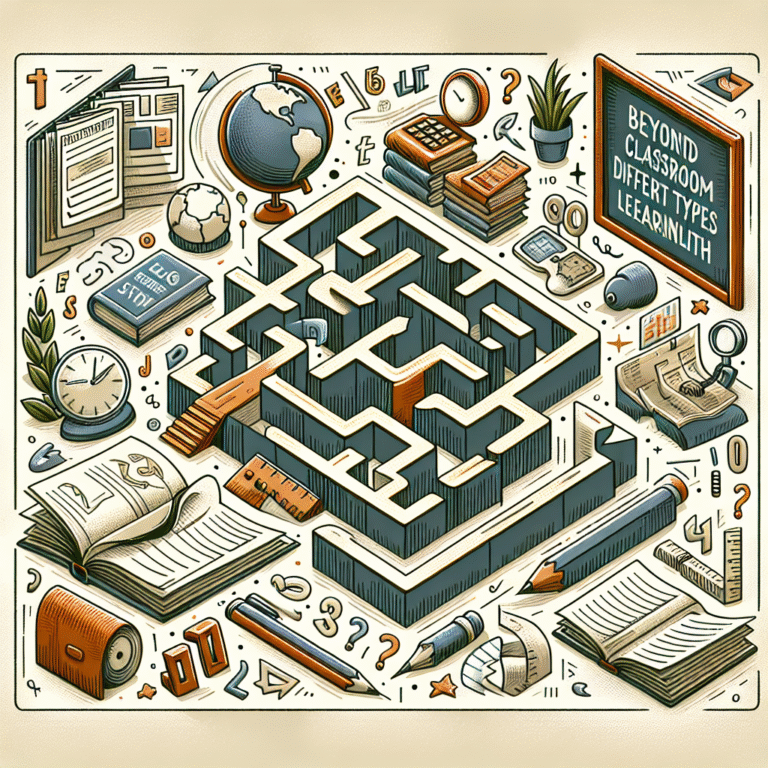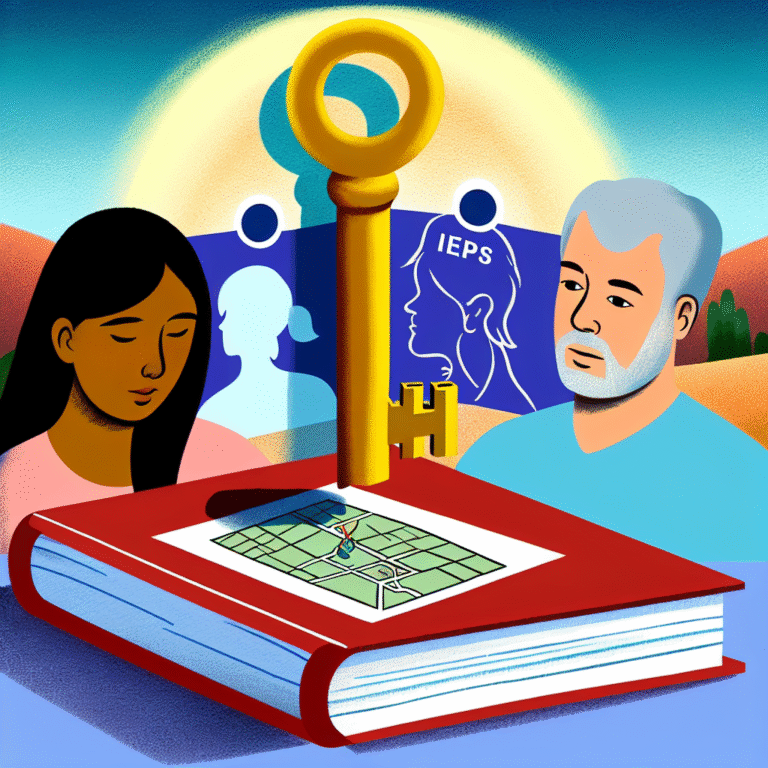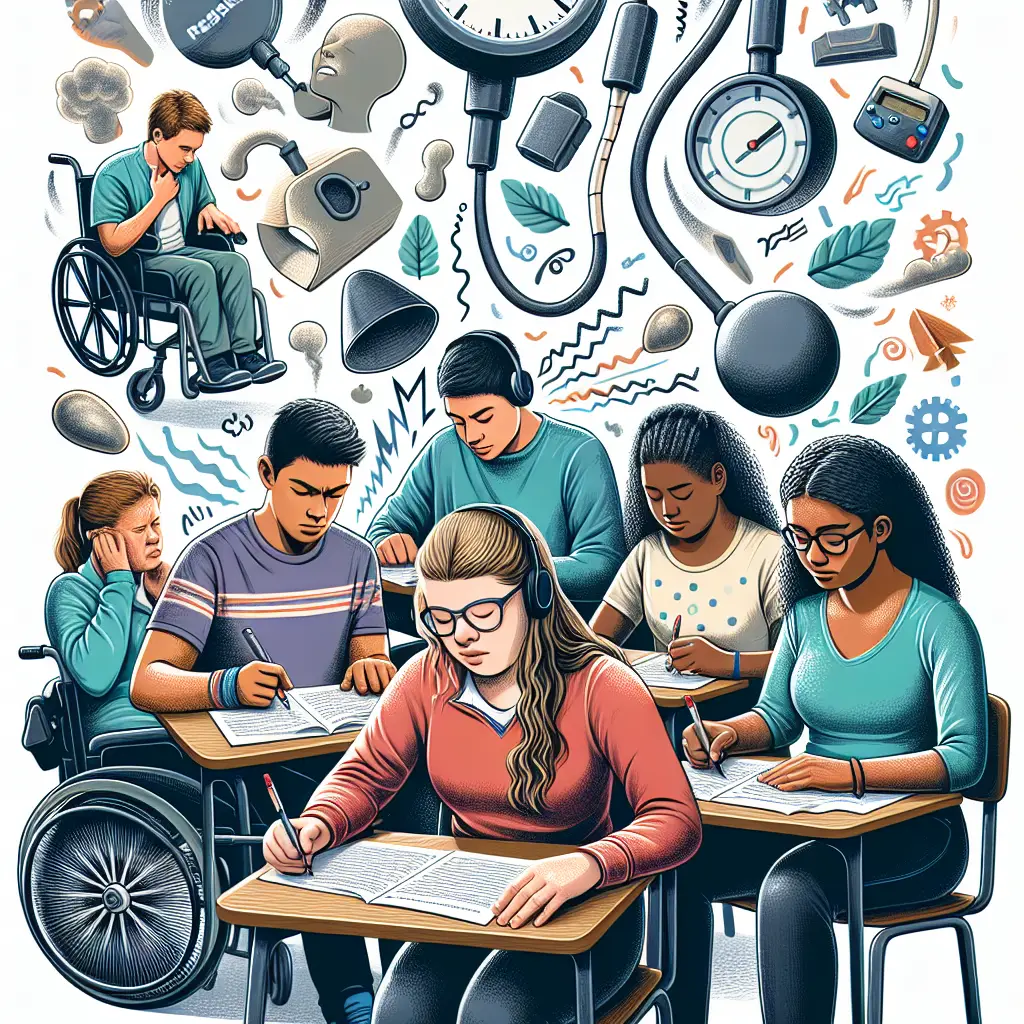
Thriving Under Pressure: Proven Adaptable Test-Taking Techniques for Learners with Disabilities
Introduction
Imagine walking into a room filled with the palpable tension of a ticking clock, a sea of questions staring back at you, and the undeniable pressure of performing your best. For learners with disabilities, this scenario can be overwhelming. But what if we told you that there are proven, adaptable test-taking techniques specifically designed to help these learners not just cope, but thrive under pressure? In this article, we will unveil strategies, insights, and real-world applications that empower individuals with diverse learning needs. Our journey toward "Thriving Under Pressure: Adaptable Test-Taking Techniques for Learners with Disabilities" begins now.
Understanding the Landscape of Disabilities in Education
The Diversity of Learners with Disabilities
According to the National Center for Learning Disabilities, over 2.5 million students in the United States receive special education services. This statistic is a testament to the vast array of learning disabilities that vary widely in their manifestations and effects on academic performance.
| Type of Disability | Description |
|---|---|
| Dyslexia | Difficulty in reading, spelling, and writing. |
| Dysgraphia | Challenges in writing and fine motor skills. |
| Dyscalculia | Difficulty with numbers and math concepts. |
| Attention Deficit Hyperactivity Disorder (ADHD) | Issues with focus, impulse control, and hyperactivity. |
| Autism Spectrum Disorder (ASD) | Varies widely, affecting social interactions and communication. |
The High-Stakes Nature of Testing
Standardized testing environments can exacerbate stress, particularly for those with disabilities. The stakes are high, and many believe that performance in these assessments determines future opportunities for success. It’s crucial to help learners develop adaptable test-taking techniques that can transform pressure into performance.
Proven Strategies for Thriving Under Pressure
1. Establishing a Comfortable Environment
Creating a supportive testing environment can significantly impact performance. Allowing learners to choose a comfortable test location and offering accommodations such as extended time or quiet rooms can relieve a substantial amount of pressure.
Case Study: Empowerment Through Environment
Maria, a high school student with dyslexia, found the traditional testing environment daunting. Upon switching to a quieter space with fewer distractions, her performance improved drastically. By minimizing external pressure, Maria could focus better and achieve higher scores.
2. Utilizing Technology to Aid Learning
With advancements in technology, tools are now available that can assist learners in demonstrating their knowledge more effectively. Text-to-speech software, note-taking applications, and digital calculators are just a few examples that can level the playing field.
| Technology | Benefit |
|---|---|
| Text-to-Speech Software | Helps with reading comprehension for dyslexic learners. |
| Note-Taking Apps | Allows for organized thoughts, aiding those with dysgraphia. |
| Speech Recognition | Enables content creation without the need for writing. |
3. Strategic Study Techniques
Adopting diverse study techniques can help learners grasp content better. Visualization, mnemonic devices, and interactive materials can bolster memory retention and understanding.
Case Study: Memory Techniques in Action
Jake, a college student with ADHD, used mnemonic devices and colorful flashcards alongside visual study aids to prepare for his exams. This systematic approach not only helped him absorb information more effectively but also reduced his test anxiety.
4. The Power of Practice Tests
Simulating test environments can alleviate anxiety. By taking practice tests, learners become familiar with the format and timing, allowing them to develop coping strategies when the actual test occurs.
| Benefits of Practice Tests | Explanation |
|---|---|
| Reduced Anxiety | Familiarity breeds confidence. |
| Time Management Skills | Learners can practice pacing themselves. |
| Identifying Weak Areas | Allows targeted study of content needing improvement. |
5. Developing a Test-Taking Strategy
Creating a personal test-taking strategy that includes tips like skimming questions first, managing time efficiently, and marking difficult questions for review can empower learners.
Implementing Test-Taking Techniques
- Preview the Test: Quickly scan the test to gauge the number of questions and difficulty.
- Time Allocation: Divide total time by the number of questions to set mini-deadlines.
- Answer What You Know First: Tackle easier questions first to build confidence.
- Review and Revise: Set aside time at the end for revisiting questions.
Building Resilience: Mindfulness and Stress Management
1. Mindfulness Practices
Teach learners mindfulness techniques such as deep breathing, visualization, and meditation to help manage anxiety during tests.
Case Study: Mindfulness Reduces Test Anxiety
A study conducted at a high school in California found that students who practiced mindfulness reported lower anxiety levels and improved test scores. They developed self-regulation strategies that helped them stay calm under pressure.
2. Physical Well-Being
Encouraging a healthy lifestyle can enhance cognitive function. Adequate sleep, proper nutrition, and regular physical activity are crucial during exam periods.
3. Positive Affirmations
Introduce learners to the power of positive self-talk. Phrases like "I am prepared," and "I can do this" can reinforce confidence and minimize negative thoughts during testing.
Conclusion
Thriving under pressure is not merely about surviving; it’s about mastering the techniques that empower learners with disabilities to shine. By employing adaptable test-taking strategies tailored to individual needs, supported by technology, a conducive environment, and a healthy mindset, these learners can transform their approach to tests and assessments. Remember, the goal is not perfection but progress. With these insights, we hope to inspire educators, parents, and learners alike to embrace their unique challenges with resilience and adaptability.
FAQs Section
1. What are some effective accommodations for learners with disabilities during tests?
Answer: Accommodations can include extended time, quiet testing locations, assistive technology, and breaks during the test. It is essential to personalize accommodations based on the individual’s needs.
2. How can parents support their children in preparing for tests?
Answer: Parents can help by creating a structured study schedule, providing a quiet study environment, limiting distractions, and offering emotional encouragement.
3. Are there specific study techniques that benefit learners with disabilities?
Answer: Yes! Techniques such as using color-coded notes, mnemonic devices, and interactive study tools can cater to various learning styles and enhance memory retention.
4. What role does self-advocacy play in the test-taking process?
Answer: Self-advocacy empowers learners to express their needs to educators and request necessary accommodations, fostering independence and confidence.
5. How can teachers create a supportive testing atmosphere?
Answer: Teachers can create a supportive atmosphere by providing clear instructions, remaining calm, offering encouragement, and being flexible with accommodations as needed.
In summary, thriving under pressure is an attainable goal for learners with disabilities when we provide the right tools, strategies, and support structures. Let’s work together to empower every learner to reach their full potential.
